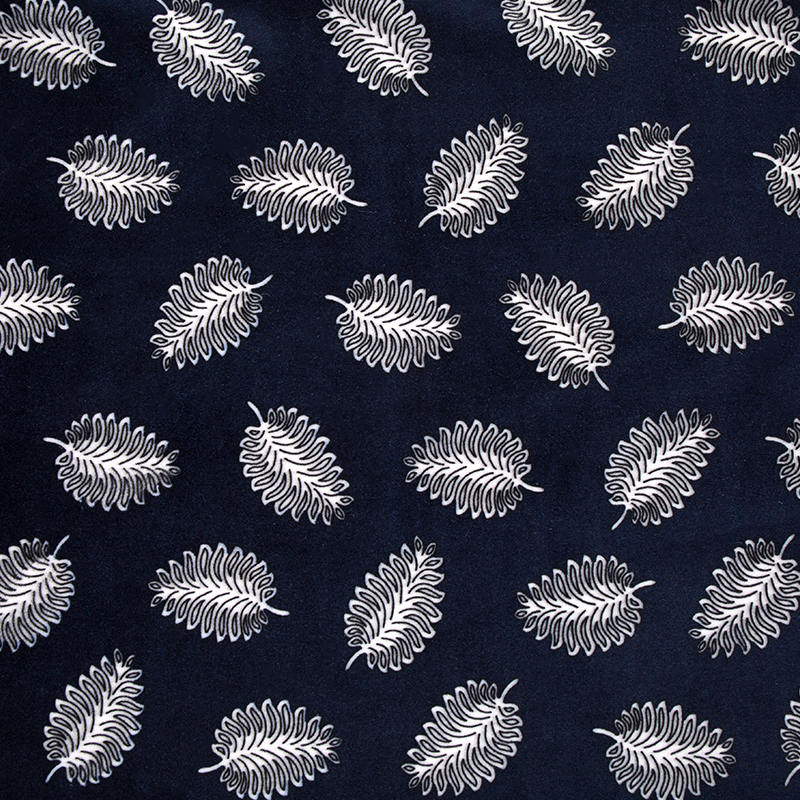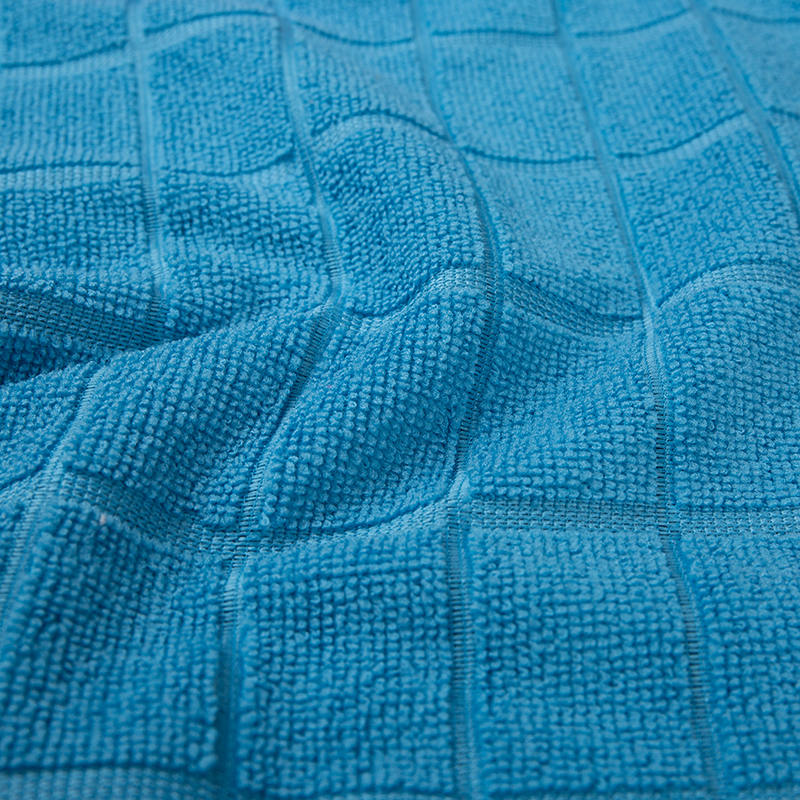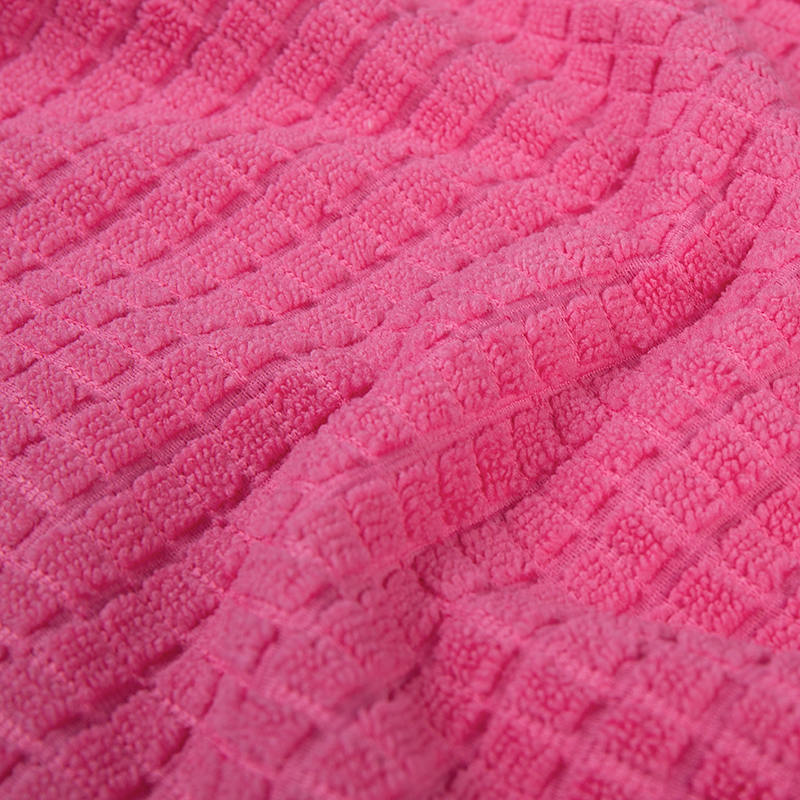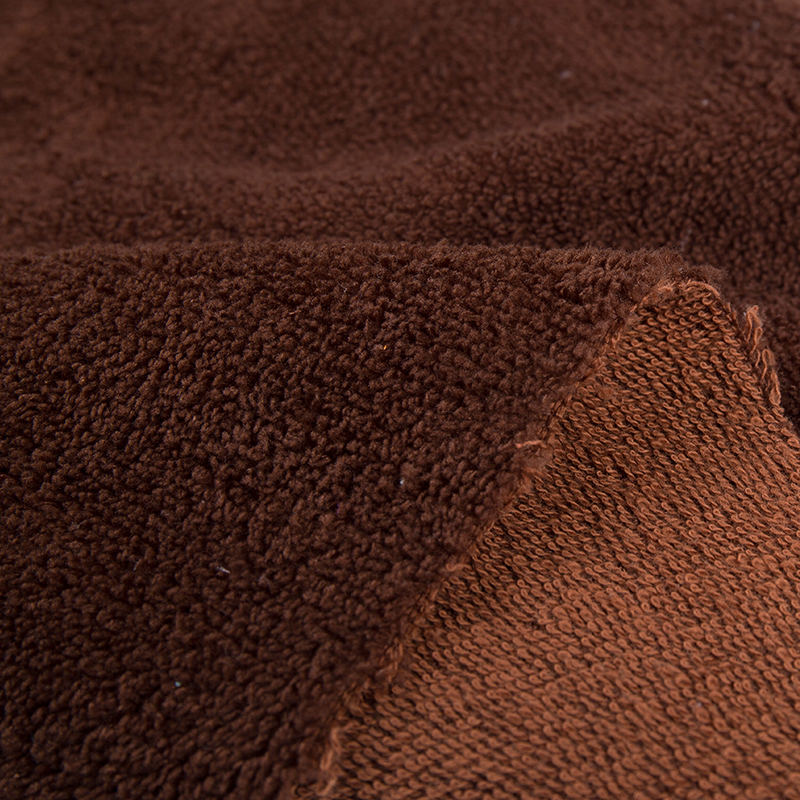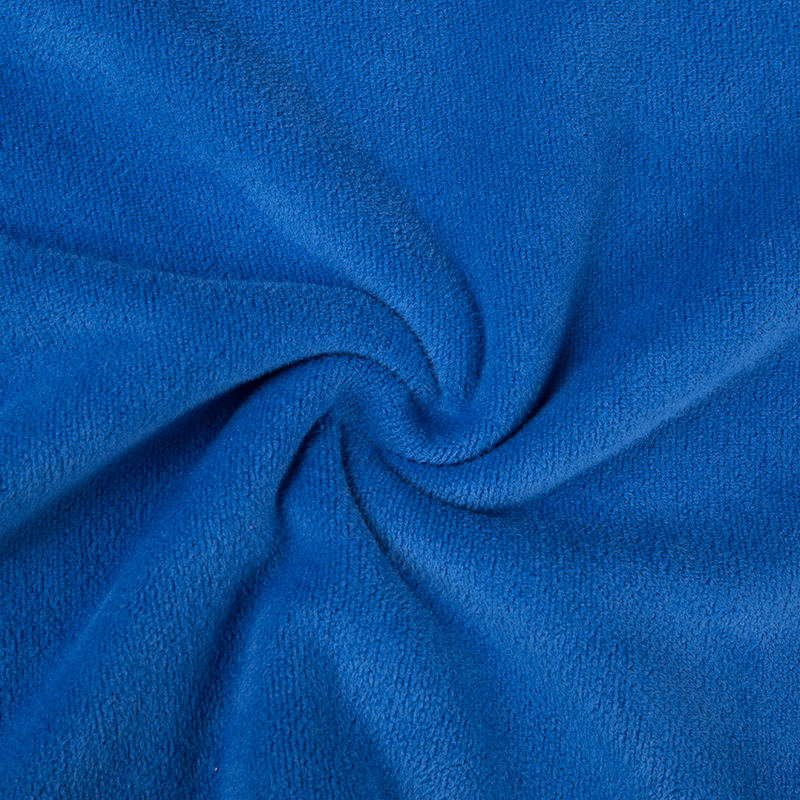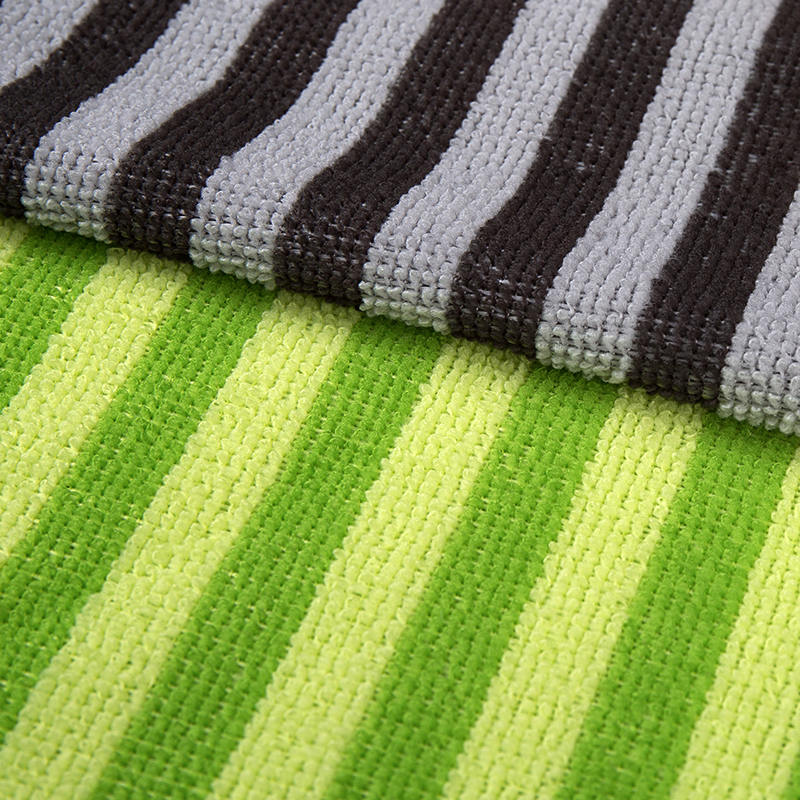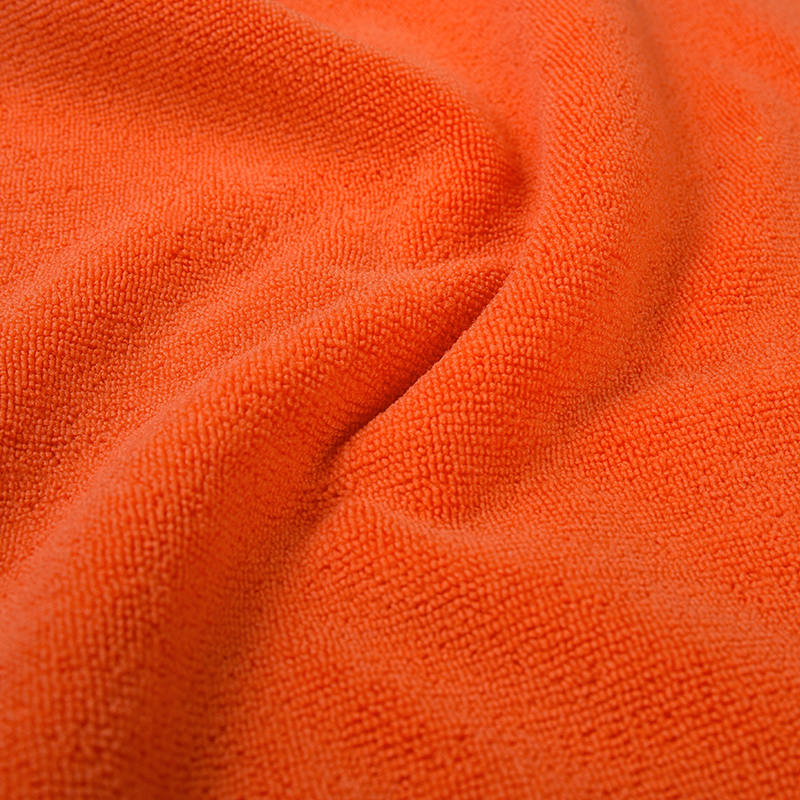Material Structure: The Cornerstone of Functionality
Double-sided plain thin strips of polyester flannel feature a double-sided brushed finish. This double-sided finish imparts a uniform pile structure, providing a soft feel and enhanced adhesion. This double-sided design creates a symmetrical feel and enhances durability with frequent cutting and repeated sewing. The pinstripe design offers both flexibility and integrity, making it ideal for layering and precise edge blending.
Flexibility: Dominant Factor in Functionality
Flexibility is becoming the defining metric distinguishing standard fabrics from high-adaptability functional textiles. Double-sided polyester flannel strips excel in contouring through curves and seams during binding, folding, and wrapping, due to their balanced fiber density and brushed surface. This balance ensures material integrity under varying stress and consistent performance in both hand-sewing and automated stitching scenarios.
Application Extension: Strategic Fit in Lightweight Cutting
From auxiliary garment components to structural interfacing, this material shows extensive versatility.
| Product Specification | Description | Applicable Use | Feature Keywords |
| Material | 100% Polyester Flannel | Universal Accessories | Flexible, Durable, Lightweight |
| Surface Finish | Double-Sided Brushed / Plain Dyed | Garment Edging, Decorative Trim | Dual Softness, Color Uniformity |
| Thickness Range | 0.3mm-0.6mm | Multi-Layer Stitching, Binding Lines | Bendable, Non-Bulky |
| Width Options | 1cm / 1.5cm / 2cm / Custom | Craft Sewing, DIY Cutting | Multiple Specs Available |
| Color Scheme | Solid Colors / Custom Color Matching | High-End Customization, Brand Color Alignment | Unified Tone, Stable Dyeing |
Cutting Adaptability: From Technical Response to Efficiency
The cutting adaptability of thin polyester flannel strips ensures resistance to fraying, lateral displacement, and inconsistent thickness under prolonged operations. High heat resistance allows for clean laser and thermal cuts without edge curling or hardening, enhancing the reliability and cost-efficiency of large-scale sewing operations.
Form Stability Under Flexibility
Another key technical trait is form stability during processing. In complex stitching, flexible fabrics often stretch or deform. The dual-surfaced brushed polyester flannel buffers needle tension through its fleece layer, forming retention zones that enhance adhesion. Its base structure offers excellent recovery post-stress, preserving structural consistency over multiple compressions.
Future Outlook: Toward Modular Material Standardization
Thin polyester flannel strips align with the industry shift from flat fabric distribution to structured slicing. Their ready-to-integrate form, dye uniformity, and dual usability fit perfectly into modular and real-time sewing systems. Standardization work on color fastness, folding endurance, shear strength and edge integrity is underway.
Structural Change Driven by Softness
As the industry moves toward lighter, softer, and more precise textiles, double-sided plain thin strips of polyester flannel are emerging as critical materials for connection, transition, and reinforcement within garments and beyond. Their unique balance of flexibility and cut adaptability positions them as both a solution and a framework for next-generation textile construction.

 English
English Español
Español 中文简体
中文简体